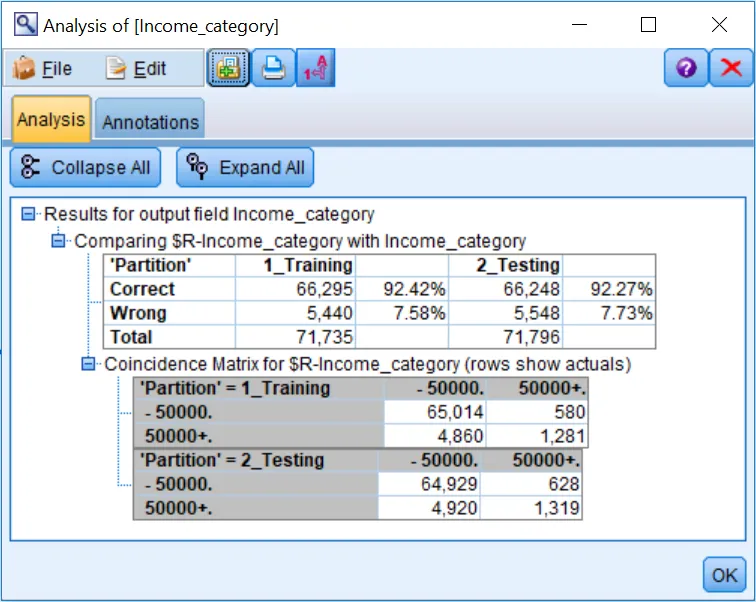
IBM SPSS Modeler Essentials
Keith McCormick, Jesus Salcedo, Bowen Wei
- 238 pages
- English
- ePUB (mobile friendly)
- Available on iOS & Android
IBM SPSS Modeler Essentials
Keith McCormick, Jesus Salcedo, Bowen Wei
About This Book
Get to grips with the fundamentals of data mining and predictive analytics with IBM SPSS Modeler
Key Features
- Get up–and-running with IBM SPSS Modeler without going into too much depth.
- Identify interesting relationships within your data and build effective data mining and predictive analytics solutions
- A quick, easy–to-follow guide to give you a fundamental understanding of SPSS Modeler, written by the best in the business
Book Description
IBM SPSS Modeler allows users to quickly and efficiently use predictive analytics and gain insights from your data. With almost 25 years of history, Modeler is the most established and comprehensive Data Mining workbench available. Since it is popular in corporate settings, widely available in university settings, and highly compatible with all the latest technologies, it is the perfect way to start your Data Science and Machine Learning journey.
This book takes a detailed, step-by-step approach to introducing data mining using the de facto standard process, CRISP-DM, and Modeler's easy to learn "visual programming" style. You will learn how to read data into Modeler, assess data quality, prepare your data for modeling, find interesting patterns and relationships within your data, and export your predictions. Using a single case study throughout, this intentionally short and focused book sticks to the essentials. The authors have drawn upon their decades of teaching thousands of new users, to choose those aspects of Modeler that you should learn first, so that you get off to a good start using proven best practices.
This book provides an overview of various popular data modeling techniques and presents a detailed case study of how to use CHAID, a decision tree model. Assessing a model's performance is as important as building it; this book will also show you how to do that. Finally, you will see how you can score new data and export your predictions. By the end of this book, you will have a firm understanding of the basics of data mining and how to effectively use Modeler to build predictive models.
What you will learn
- Understand the basics of data mining and familiarize yourself with Modeler's visual programming interface
- Import data into Modeler and learn how to properly declare metadata
- Obtain summary statistics and audit the quality of your data
- Prepare data for modeling by selecting and sorting cases, identifying and removing duplicates, combining data files, and modifying and creating fields
- Assess simple relationships using various statistical and graphing techniques
- Get an overview of the different types of models available in Modeler
- Build a decision tree model and assess its results
- Score new data and export predictions
Who this book is for
This book is ideal for those who are new to SPSS Modeler and want to start using it as quickly as possible, without going into too much detail. An understanding of basic data mining concepts will be helpful, to get the best out of the book.
Frequently asked questions
Information
Model Assessment and Scoring
- Contrasting model assessment with the Evaluation phase
- Model assessment using the Analysis node
- Modifying CHAID settings
- Model comparison using the Analysis node
- Model assessment and comparison using the Evaluation node
- Scoring new data
- Exporting predictions
Contrasting model assessment with the Evaluation phase
- The model's predictions drive improved (more effective) action.
- The model delivers insight (new knowledge), which leads to improved strategy.
Model assessment using the Analysis node
- Open the Assessment stream.
- Add an Analysis node from the Output palette.
- Connect the generated CHAID model to the Analysis node.
- Edit the Analysis node:

- Click Coincidence matrices (for symbolic targets).
- Click Run:

- Is the test accuracy value sufficiently high
- Is the stability sufficient—as revealed by a small difference between train and test accuracy